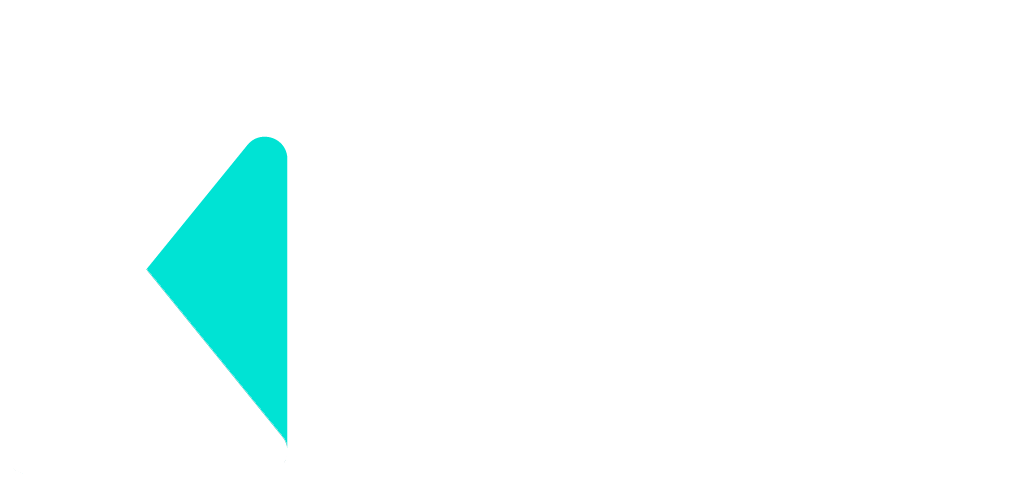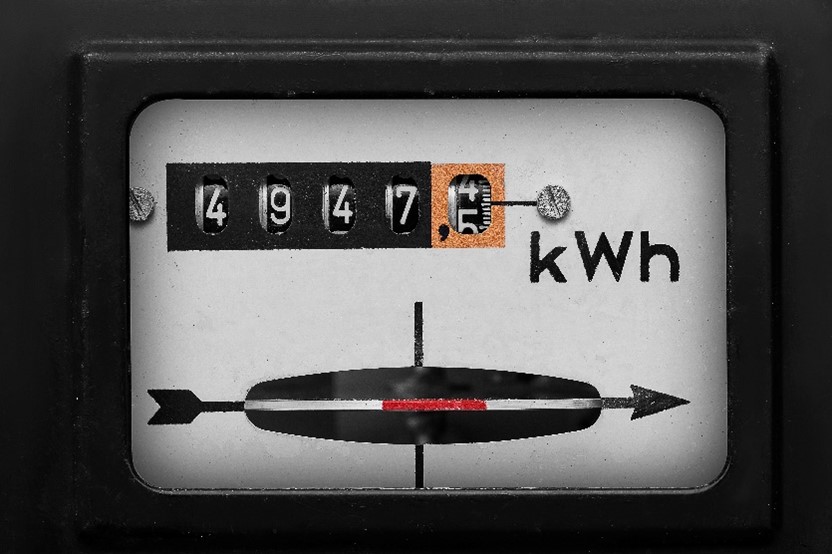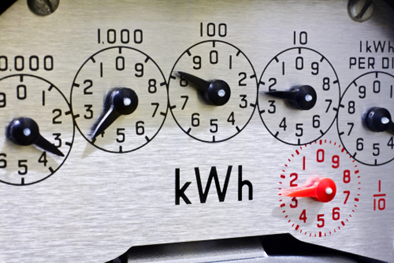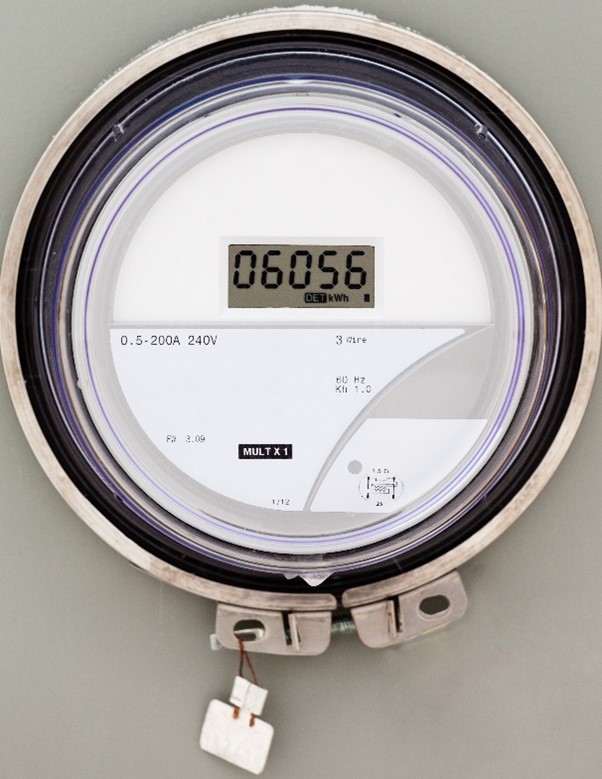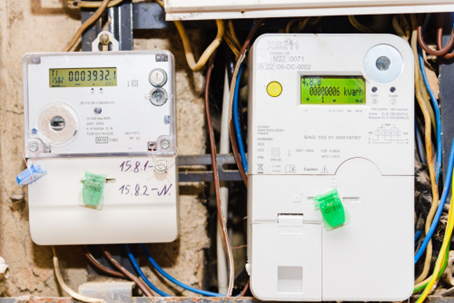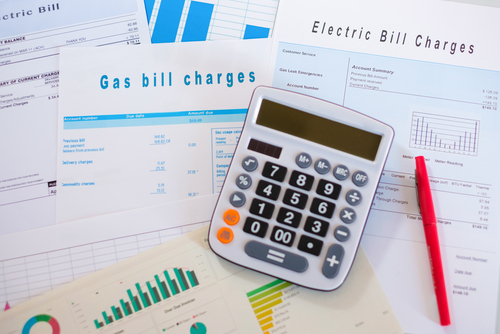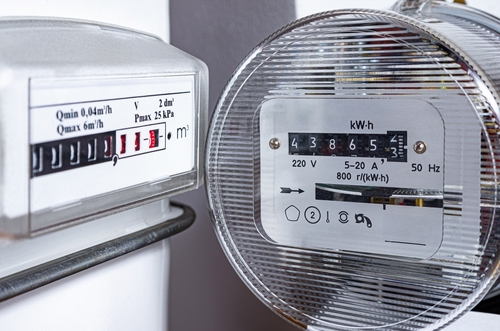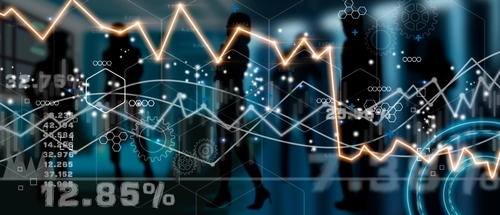Locating, mapping, and reading your meters
Unless you have a building management system (BMS), you will need to locate your energy meter(s). You may have more than one meter for different energy sources (i.e., electricity and gas). The location of your meter(s) will be dependent on your site. If your building is modern, it is more likely to have a logbook with details of the meter’s location. If you cannot locate the meter(s), contact your energy provider.
Losing
energy meters is surprisingly common, so a good starting point for larger, more
complex sites is to create a map of your meters. Annotate a simple map of your
site to record where meters are located, you could even use the site map you
created for your site walk-around. Pay particular attention to:
- Where the meter is located
- What resource (electricity, gas, oil) it is measuring
- What the identifying reference number is
- How often it is to be read (if not automatic)
- Who is responsible for reading the meter
Businesses
typically have one of the five meter types shown below:
Multi-rate
meter: This meter allows you to see the different energy rates. For example,
you can see the difference between your normal, day-time rates and lower-cost,
night-time rates.
Smart meter: This meter is a device that provides detailed information on your energy use to your supplier. If you have a ‘smart’ or ‘half-hourly’ meter, your readings will be automatically submitted to your energy supplier. In this case, you should be able to access up-to-date information on your consumption rates through your energy supplier’s website.
Once you have located your meter and determined its type, be sure to note what units your meter is measuring energy in. This will typically be in:
- Kilowatt hours (kWh) for electricity
- kWh, cubic meters (m3) or cubic feet (ft3) for gas
Consider contacting your energy provider for more detailed guidance on your meter type and how to read it. Your meter(s) will have a unique identification code. In the UK the identification code for electricity meters is known as a Meter Point Administration Number (‘MPAN’), and in the US it is known as Material Serial Numbers (‘MSN’). In both countries gas meters will have a Meter Point Reference Number (MPRN). You should check these codes against your energy bill. Different countries will have different names for these identification codes, so do check what this is in your location.
It is recommended that meter readings are taken frequently, at least every week, possibly every day. It is also important to take readings during periods of shut-down or building closure as this can help your business detect unwanted overnight usage.
To accurately understand overnight usage, take a meter reading after everyone has left in the evening and right before everyone arrives the following morning. The more often you check your meter readings, the easier it will be for you to identify
energy hot-spots and areas that are fluctuating in the short term. It also allows you to identify opportunities for improvement.
